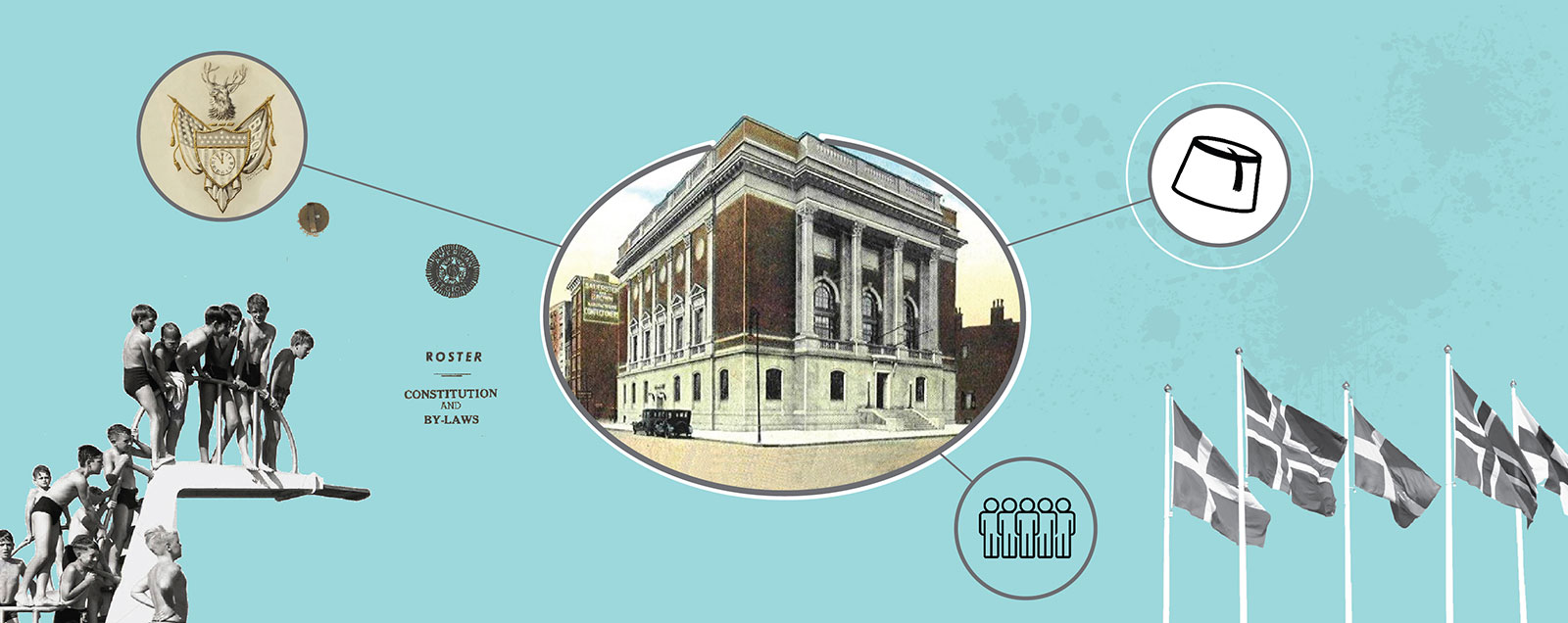With a new year and a new decade rolled out before us, the team here at BUILD is excited to proffer some design projections, speculate on the trajectory of urban evolution, and ponder potential architectural advancements ahead. We’ve drawn upon our 20 years of professional experience, surveyed the current urban landscape, and examined recent trends in the urban jungle. We’ll skip the deep dive analysis and get straight to one of our clearest conclusions: creating, fostering, and maintaining community will be a dominant design focus in the next decade. To be clear, we’re not just talking about a sense of community, or a culture of community, but rather, physical communities that have a place in the urban fabric with buildings and facilities where people may come together, face to face, around shared interests.
Over the last ten years we noticed a longing for tangible community in our hometown of Seattle, and cities we frequent such as New York, San Francisco, Portland and Vancouver. The ever-increasing demands of work, paired with the stay-at-home ease of telecommuting, have created a culture of isolation. Even the time-honored café, traditionally a place of physical community, has become a shining example of collective seclusion, with each patron sitting quietly at their own table, mesmerized by the glowing device in front of them—and no, the communal farmhouse-style work tables do not constitute community.
The good news is that there’s been a beautiful response to this tech-induced condition: people are seeking out physical community and dedicating their time and resources to it. In our own corner of the world, community centers are receiving overdue funding from the City, and enrollment is up at venerated social clubs, which newly appeal to younger generations. Today, these institutions are benefitting from the foundations that were laid by their founders. This is an important moment for cities, and there’s a carpe diem opportunity that is aimed at architects.
While developers, investors, and builders are important to the success of these gathering places, we’re finding that it’s architects who are instrumental in providing the visionary steps. As noted above, many centers and clubs already have dedicated facilities, and funding for future growth is in place. However, questions of their longevity and prosperity persist, and call for careful consideration of how they will evolve into the future. Much more than simply providing upgrades and additions, shaping how people and groups will gather and use these spaces over the next several generations requires broad thinking at the 30-thousand-foot level. Indeed, failure to appropriately take action now will most certainly lead to diminishing returns later.
There are several excellent examples in our backyard that are worth noting. Over the next decade the City of Seattle Parks Department will fund new community centers that will either replace dilapidated structures, or provide major upgrades. Not surprisingly, a recent City-sponsored request for qualifications for the Green Lake Community Center (here in BUILD’s neighborhood) drew more architects than could fit in the pre-submittal meeting room. And next in the City’s funding cycle are substantial updates to the Queen Anne Community Center, which BUILD has examined. The project will comprise the analysis of an existing mid-century modern building with good bones, an assessment of structural needs, the design of current and future programming, and updates that will resonate with the next generation. It promises to be a wonderful project that will dovetail the clarity of 1950s architecture with a modern program and design-forward goals. With Seattle’s community center programs over capacity, these projects will set the precedent of why every community needs its own up-to-date modern facility.
A similar rebirth is happening within fraternal organizations in urban areas. Membership is on the rise at the Elks Club in Seattle, largely owing to a desire for socializing and charitable giving. Clubs like Elks offer a gathering space with a well-stocked bar, views of the city, a network of professionals, and established fundraising channels. As a predictable place to meet friends and do community good, these clubs are relevant again. They’re also learning that in order to remain so, their existing facilities, originally designed for a male-only membership, need a fresh breath of design-forward thinking.
Heritage-based clubs, like Seattle’s Swedish Club, are also experiencing an important evolution. For many of the same reasons outlined above — the desire to socialize with friends around a shared set of beliefs, and using the power of numbers for community good — membership at the Swedish Club has significantly increased over the last few years (there’s even a lifetime member here at BUILD). Additionally, members of these kinds of clubs find deep fulfillment in honoring their heritage and celebrating the traditions of their homeland. A recent Swedish Club Sunday pancake breakfast was the perfect antidote, with individuals and families of all ages filling the club, eating, visiting, dancing, and shopping for holiday gifts at a pop-up bazaar. These culture-based clubs understand that this is a golden moment, and that thoughtfully laid plans for the future must be set in motion while the iron is hot.
Maybe this re-engagement with physical community is as simple as knowing that you’re able to predictably visit with your friends, and that spending time with the people you enjoy won’t be thwarted by hours of texting and miles of traffic jams. Maybe it’s the reassurance that you can take your children to a community center to play and learn with other kids in a safe environment. Perhaps it’s the investment in an organization that retains a record of your family lineage and shares your values. Maybe it’s something else altogether. Regardless, the urban environment has changed significantly, and people value their time and energy too much to waste them on things that don’t add meaning to their lives.
The next decade will be an instrumental time for physical community, and the organizations that recognize this opportunity and take action will safeguard its value for future generations.
Cheers from Team BUILD






